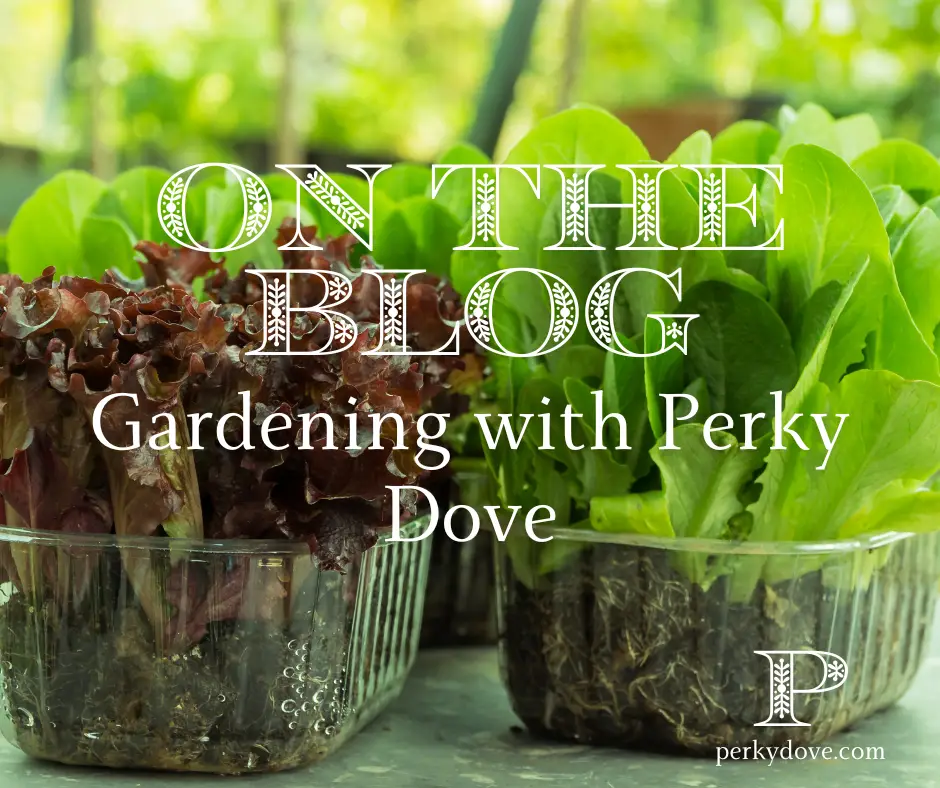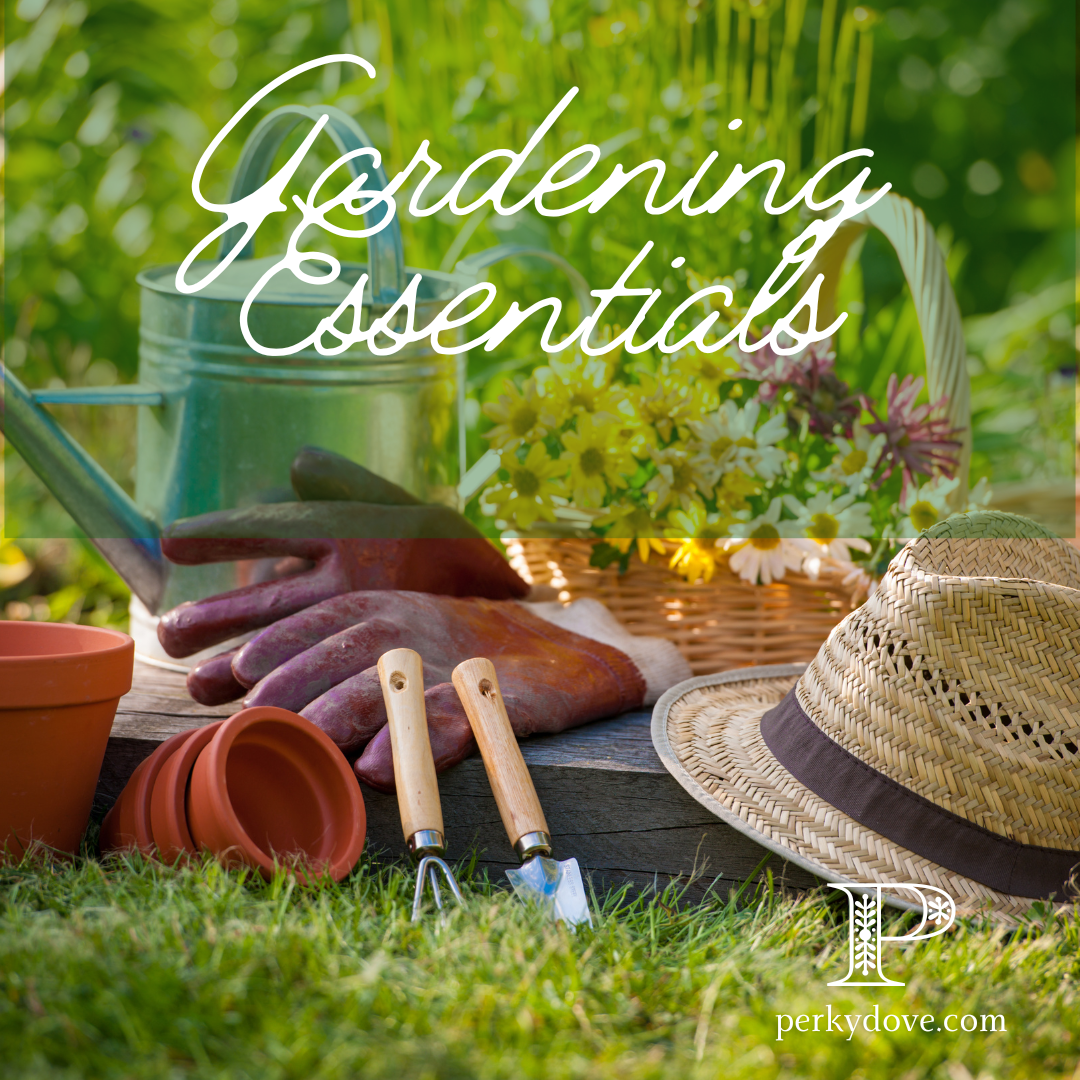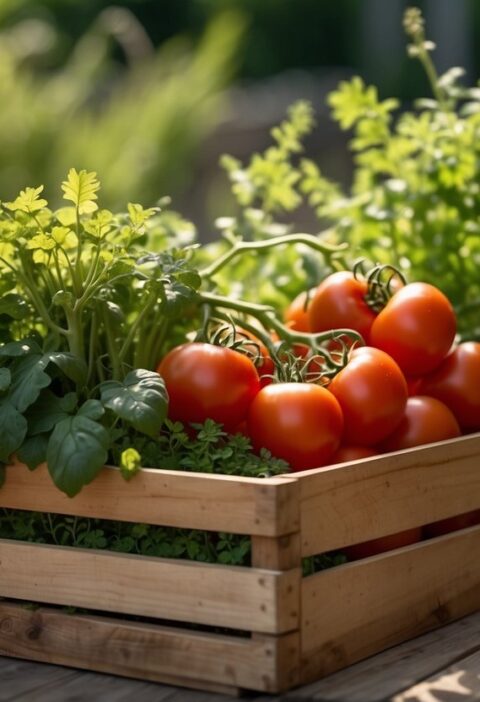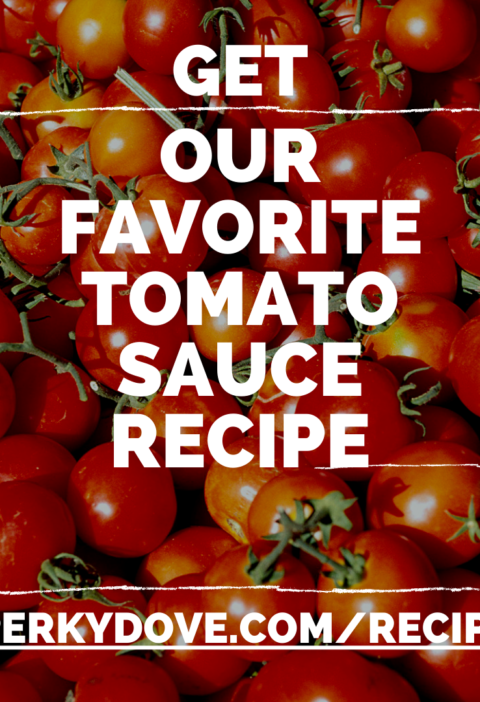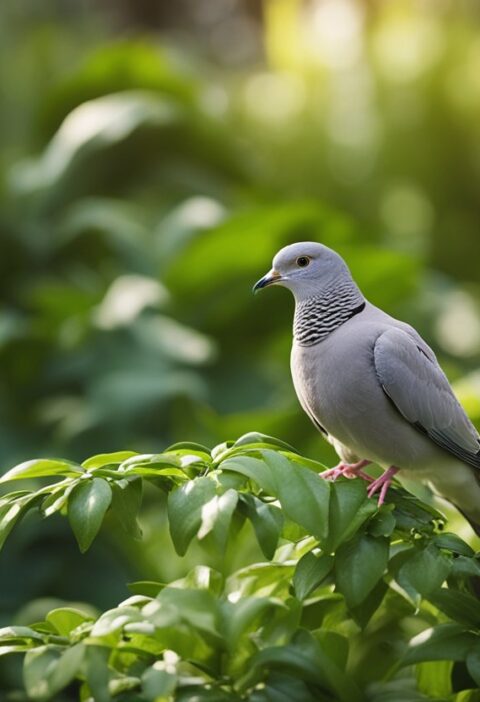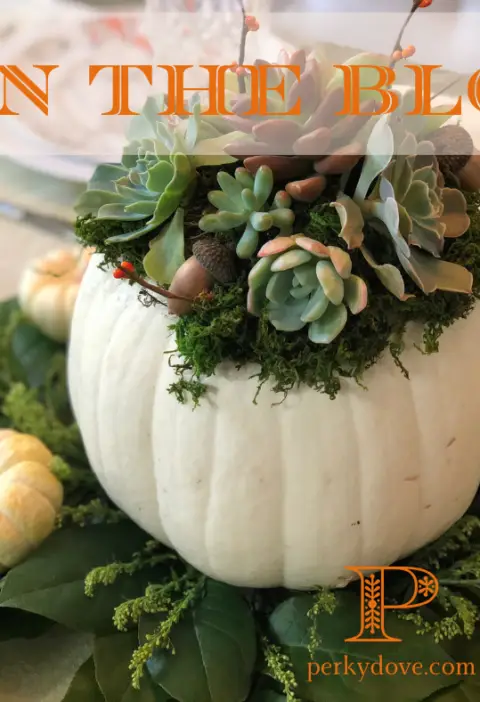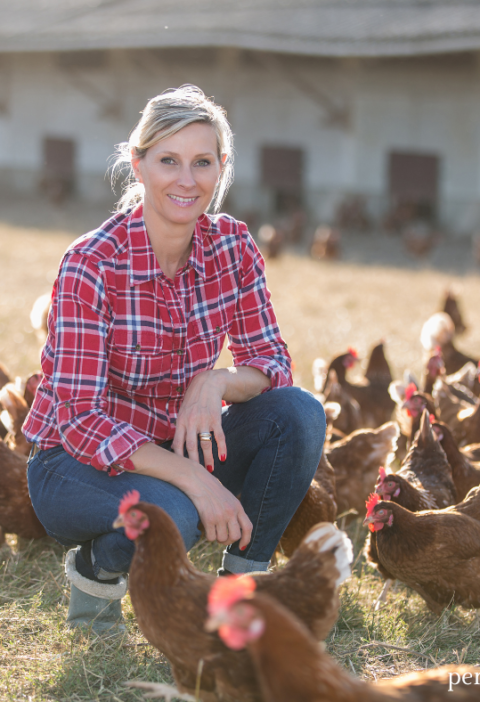Introduction:
If you’re looking to grow nutritious and delicious leafy greens, spinach and lettuce are perfect for both novice and experienced gardeners. They are relatively easy to grow and thrive in cool weather, making them ideal for spring and fall gardens. In this post, we’ll cover everything you need to know about planting spinach and lettuce, from seed to harvest, so you can enjoy fresh, homegrown greens in no time!
Choosing the Right Varieties:
When it comes to spinach, there are several types to choose from, such as:
- Savoy: Known for its crinkled, dark green leaves.
- Flat-leaf spinach: Easier to clean and works great in salads or cooking.
- Semi-savoy: A hybrid of the two, offering easier cleaning while retaining the signature spinach flavor.
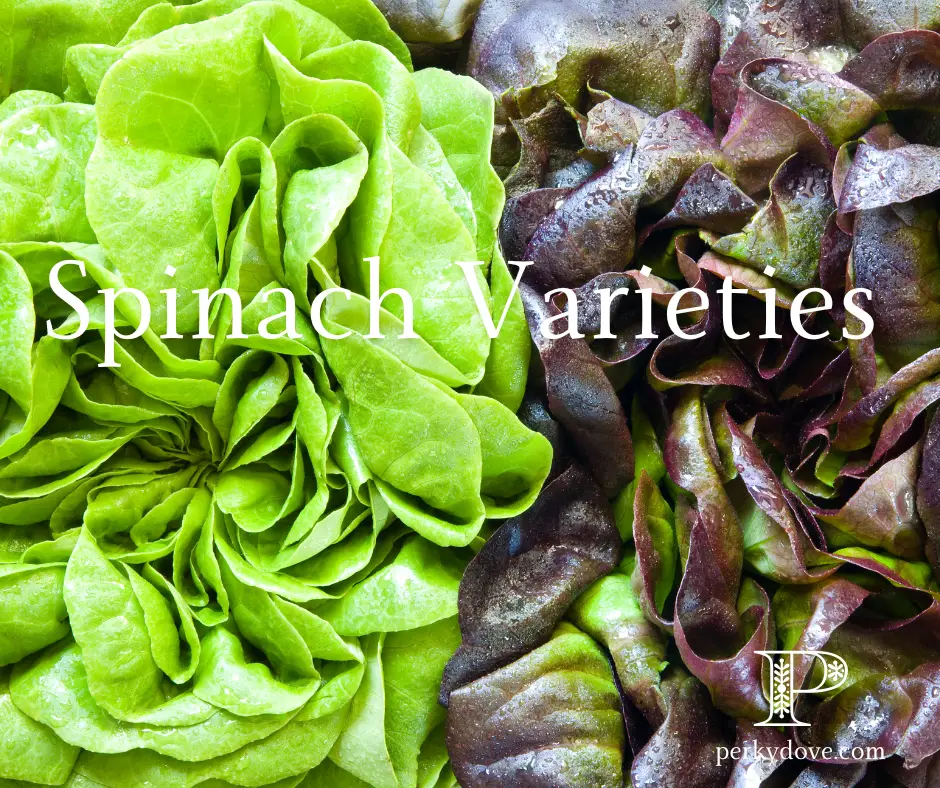
Looking for premium seeds to start your garden? Check out our selection of top-rated garden seeds!
30 Packs of Deluxe Valley Greene Heirloom Vegetable Garden Seeds Non-GMO(Guaranteed 30 Different Varieties as Listed)
For lettuce, you have options like:
- Leaf Lettuce: Fast-growing and available in a variety of colors and textures.
- Butterhead: Soft, tender leaves with a mild flavor.
- Romaine: Crisp and upright, great for Caesar salads.
- Crisphead (Iceberg): Best for crunchy, fresh salads.

When to Plant:
Both spinach and lettuce thrive in cool temperatures. Here’s a quick guide for planting times:
- Spinach: Plant in early spring or late summer for a fall crop. Spinach seeds prefer cooler soil temperatures of 50-60°F (10-16°C).
- Lettuce: You can plant lettuce in early spring and, depending on your climate, again in fall. Lettuce grows best when the air temperature is between 60-70°F (16-21°C).
How to Plant:
Prepare the soil: Spinach and lettuce both prefer well-draining soil rich in organic matter. Work in compost or organic fertilizers to give your plants a good start.
Planting depth:
- Spinach: Sow seeds ½ inch deep and space them about 1 inch apart. Thin the seedlings to about 3-4 inches apart once they’ve sprouted.
- Lettuce: Sow lettuce seeds ¼ inch deep and space them according to the variety. Most leaf lettuces can be spaced about 6 inches apart, while heading lettuces like romaine or iceberg need more space, around 12-18 inches apart.
Watering: Keep the soil consistently moist but not waterlogged. Lettuce and spinach prefer even moisture, so water regularly, especially during warm spells.
Get the right tools for the job! Our top picks for gardening tools make planting easier than ever.
Caring for Your Plants:
- Mulching: To keep the soil cool and moist, consider mulching around your plants. This can also help prevent weeds from competing with your greens.
- Fertilizing: Spinach is a heavy feeder, so side-dress the plants with compost or a balanced organic fertilizer every few weeks. Lettuce is less demanding but still benefits from occasional feeding.
- Thinning and Harvesting: Thin spinach and lettuce seedlings to give them plenty of room to grow. Harvest lettuce when the outer leaves are large enough to eat, or wait until the head forms, depending on the variety. Spinach can be harvested by cutting the outer leaves or pulling the entire plant.
CARPATHEN Drip Irrigation System - Adjustable Quick Connect Irrigation System for Garden, Raised Beds - Complete Garden Watering System Kit - 1/4 Emitters, 1/2" and 1/4" Tubing and Connector...
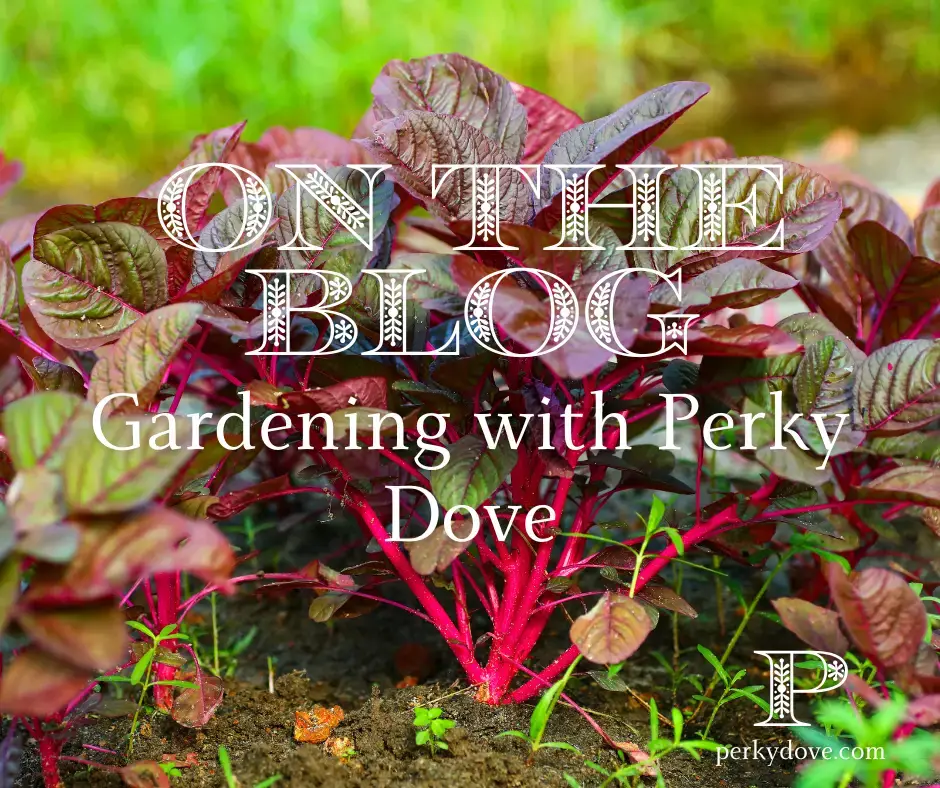
Watch and Learn:
To get even more insight, here are two excellent YouTube videos that demonstrate the process of growing spinach and lettuce:
How to Grow Spinach for Beginners! by Garden Answer
Growing Lettuce from Seed to Harvest by Epic Gardening
Watch the video here.
Final Thoughts:
Growing your own spinach and lettuce is a rewarding experience that provides fresh, healthy greens right from your garden. With the right timing, care, and a little patience, you’ll be enjoying salads, smoothies, and side dishes in no time!
Ready to Grow More?
If you’re feeling inspired to expand your garden, check out our Gardening Page for more tips, tricks, and resources to help you succeed. Whether you're a beginner or a seasoned pro, we’ve got everything you need to cultivate a thriving garden.
And don’t forget to explore our Gardening and Organizing Products—from tools to gadgets, we’ve handpicked essentials to make your gardening journey even easier and more efficient!
Get Our Newsletter